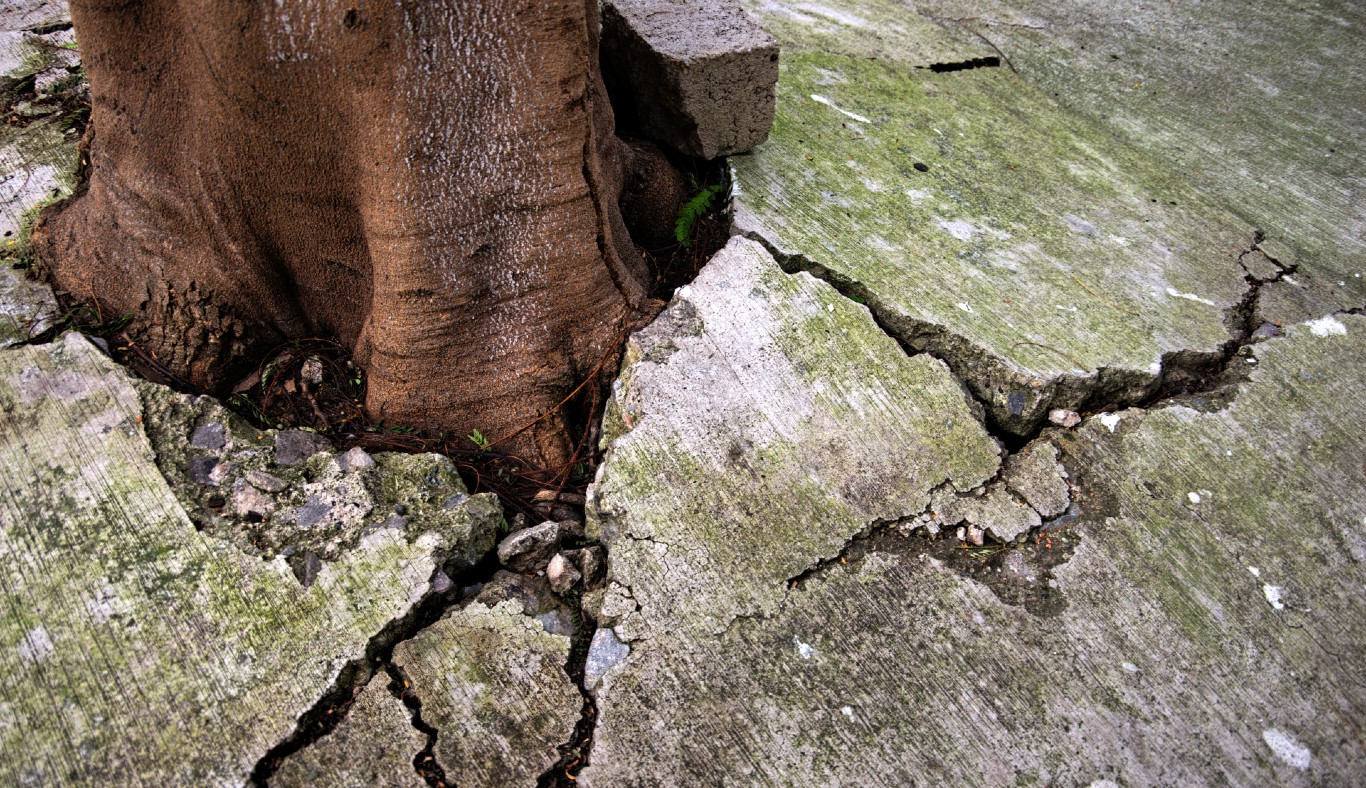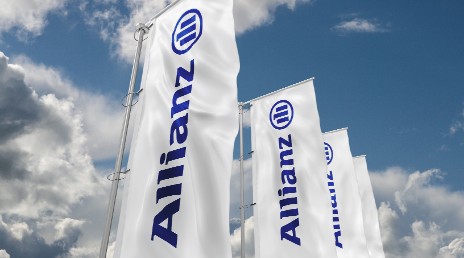Allianz Commercial recorded a significant surge in subsidence claims in September, with volumes 140% higher than the same month last year.
Rebecca Rogers, head of property claims at Allianz Commercial, comments: “Subsidence is different from other perils in that claims require more time and expertise to resolve. Investigations are often complex, involving many parties, but they are crucial in establishing the cause of the damage to then remove it, stabilise the building and finally repair the property. Since the whole process can be time-consuming, early notification is crucial.”

Spotting signs of subsidence
When a building’s foundation no longer supports it sufficiently, cracks tend to appear. However, buildings may crack for all sorts of reasons, so context matters: the location, shape and timing of the cracks are all clues.
Cracks may appear:
- in structural masonry walls – both internally and externally if the wall is solid
- around bay structures or at the junction with an extension
- below or above doors or windows (when a door or window can no longer close, this often indicates the frame or lock has become misaligned)
Subsidence cracks usually look V-shaped. They are wider at the top and narrower at the bottom.
As for timing, they tend to form over the summer months and show after a prolonged period of hot, dry weather. Or they may follow an incident with local drainage or water mains.
Identifying the source
In investigating the cause of a subsidence claim, a specialist loss adjuster will usually take one or more of the steps:
- check the property’s foundation (type and depth) and sub-soil (type and condition)
- retrieve roots to identify the trees or shrubs that may be absorbing moisture
- test the water pressure in local drains or water mains or survey them via CCTV
- monitor cracks and levels – to help with the diagnosis but also to confirm when the building has stabilised
Identifying the source of the problem will help determine the best remedy.
Where nearby trees and shrubs have caused root-induced clay shrinkage, then vegetation mitigation will allow the soil to hydrate and swell, and the building to stabilise. The cracks will often close as the foundation comes back up, but this will need to be confirmed by a period of monitoring.
Where an escape of water has caused the damage, then fixing the defective drains or water main will allow the building to stabilise. Again, the building may need to be monitored to confirm stability.
Only once the property has stabilised can superstructure repairs be undertaken. The specialist loss adjuster will advise on the most suitable repair to return the structural integrity of the building. After crack repairs, the affected area can be redecorated.
While tree or drainage mitigation can resolve the majority of subsidence claims, approximately 5% of cases are more severe and require an engineered solution such as underpinning. This is where the building foundation is improved to overcome the subsidence affecting the property.
The information contained in this press release relates to Allianz Insurance plc. Allianz Insurance plc is one of the largest general insurers in the UK and part of the Allianz Group.
About Allianz Holdings plc
Allianz Holdings plc is the non-regulated holding company which owns the principal insurance operations of Allianz SE in Great Britain.
About Allianz
The Allianz Group is one of the world's leading insurers and asset managers with more than 100 million* private and corporate customers in more than 70 countries. Allianz customers benefit from a broad range of personal and corporate insurance services, ranging from property, life and health insurance to assistance services to credit insurance and global business insurance. Allianz is one of the world’s largest investors, managing 790 billion euros on behalf of its insurance customers. Furthermore, our asset managers PIMCO and Allianz Global Investors manage 1.7 trillion euros of third-party assets. Thanks to our systematic integration of ecological and social criteria in our business processes and investment decisions, we are amongst the leaders in the insurance industry in the Dow Jones Sustainability Index. In 2021, over 150,000 employees achieved total revenues of 148.5 billion euros and an operating profit of 13.4 billion euros for the group.
These assessments are, as always, subject to the disclaimer provided below.
Cautionary note regarding forward-looking statements
This document includes forward-looking statements, such as prospects or expectations, that are based on management's current views and assumptions and subject to known and unknown risks and uncertainties. Actual results, performance figures, or events may differ significantly from those expressed or implied in such forward-looking statements. Deviations may arise due to changes in factors including, but not limited to, the following: (i) the general economic and competitive situation in the Allianz Group's core business and core markets, (ii) the performance of financial markets (in particular market volatility, liquidity, and credit events), (iii) the frequency and severity of insured loss events, including those resulting from natural catastrophes, and the development of loss expenses, (iv) mortality and morbidity levels and trends, (v) persistency levels, (vi) particularly in the banking business, the extent of credit defaults, (vii) interest rate levels, (viii) currency exchange rates, most notably the EUR/USD exchange rate, (ix) changes in laws and regulations, including tax regulations, (x) the impact of acquisitions including and related integration issues and reorganization measures, and (xi) the general competitive conditions that, in each individual case, apply at a local, regional, national, and/or global level. Many of these changes can be exacerbated by terrorist activities.
No duty to update
The Allianz Group assumes no obligation to update any information or forward-looking statement contained herein, save for any information we are required to disclose by law.
*Including non-consolidated entities with Allianz customers.




























